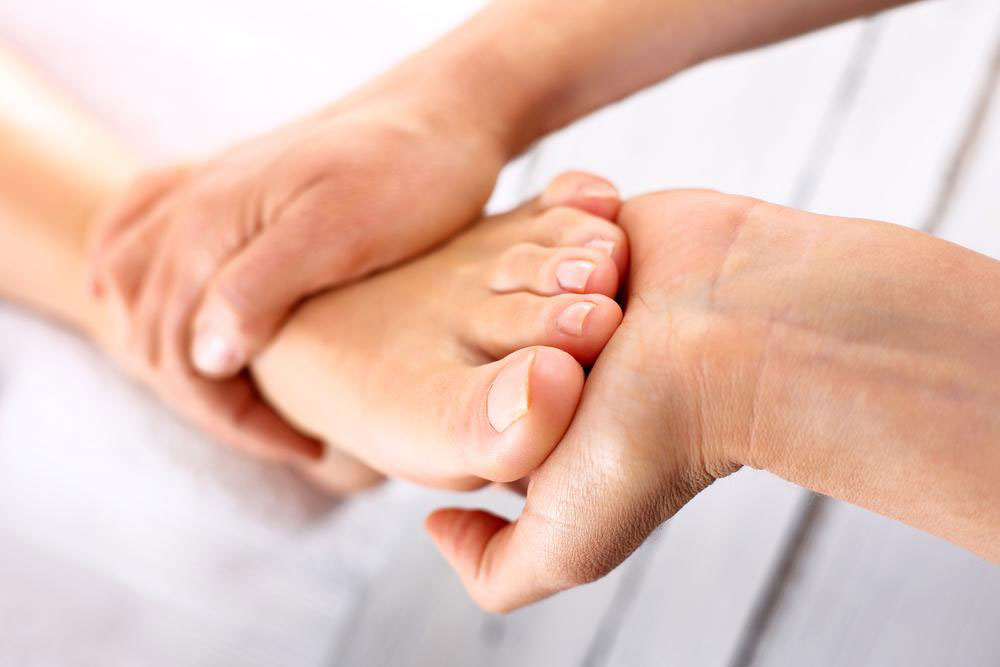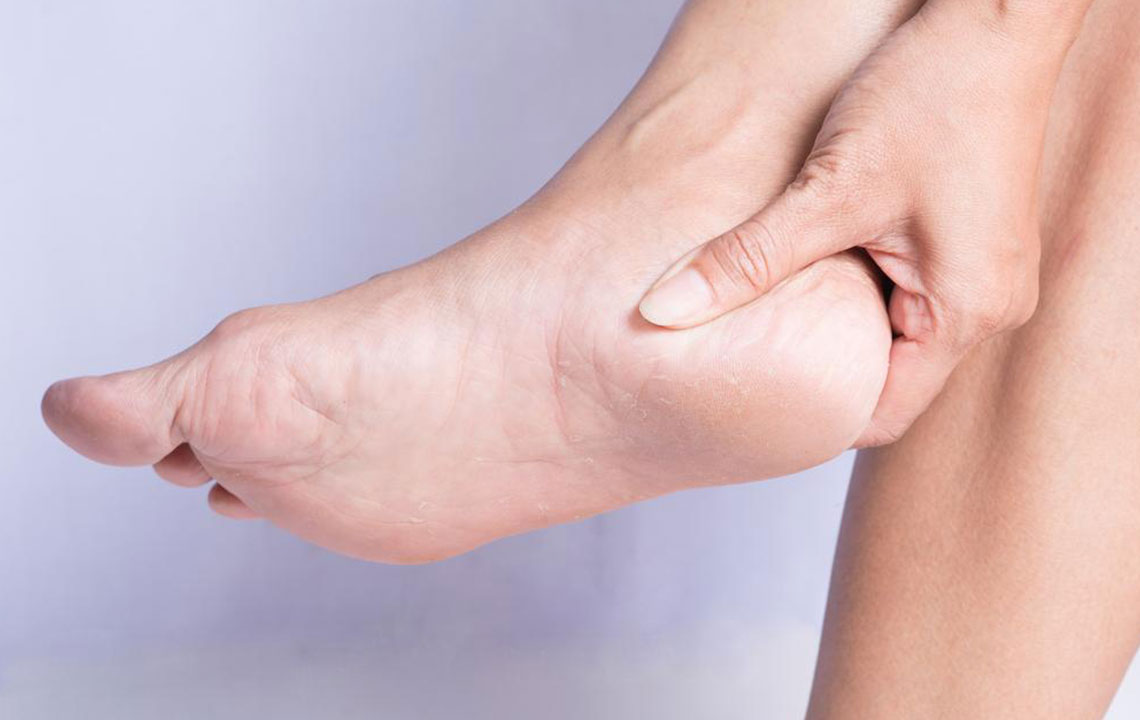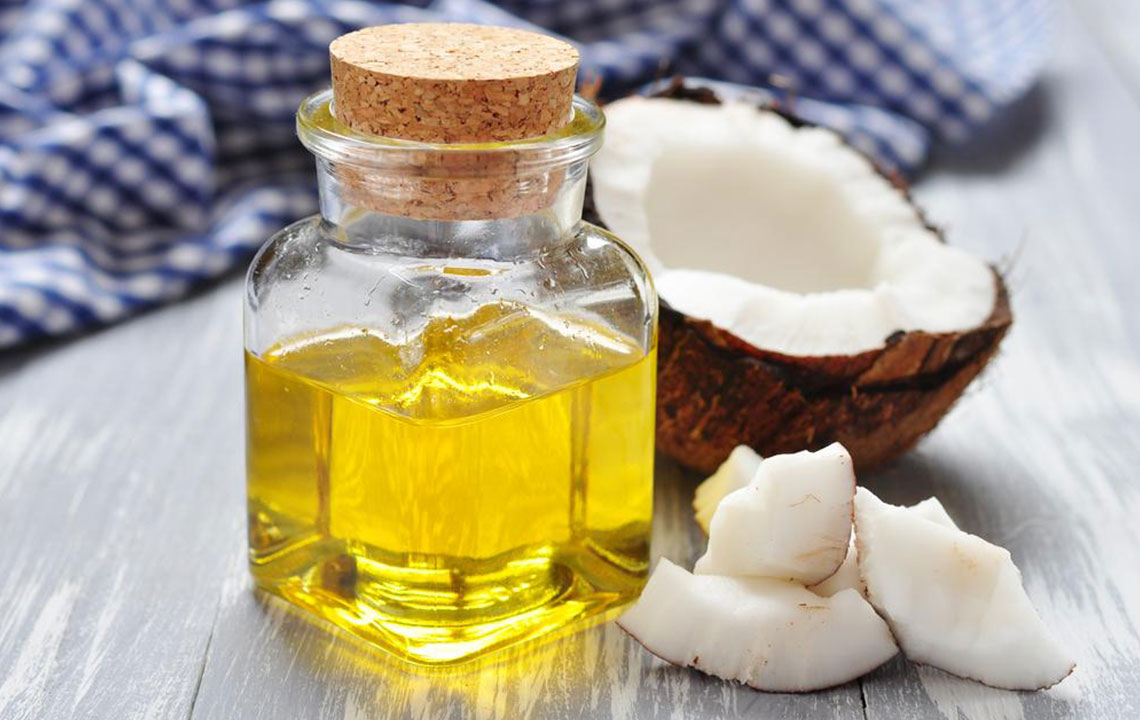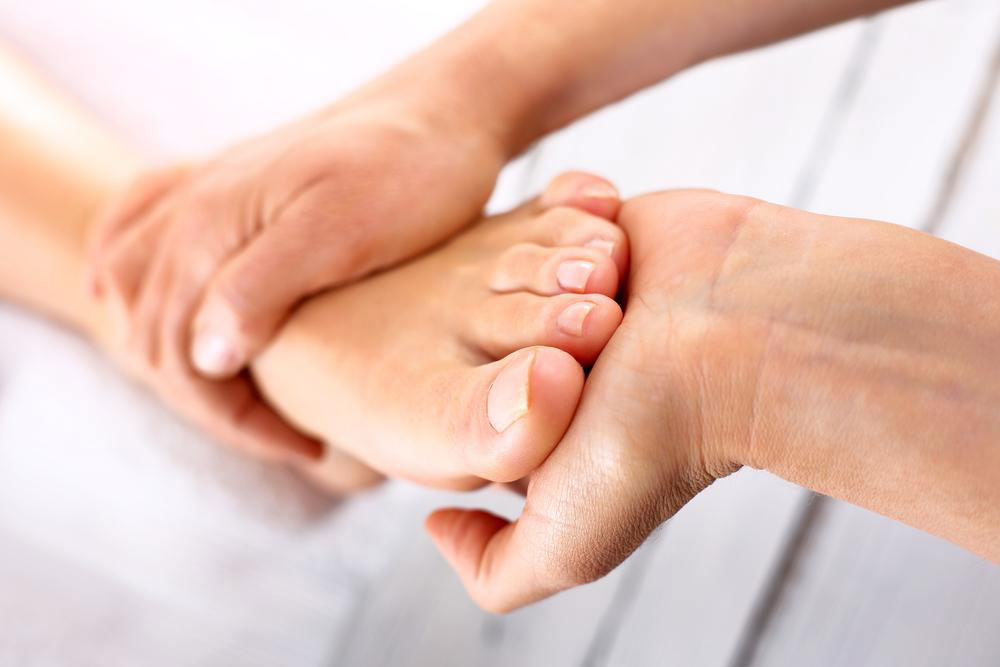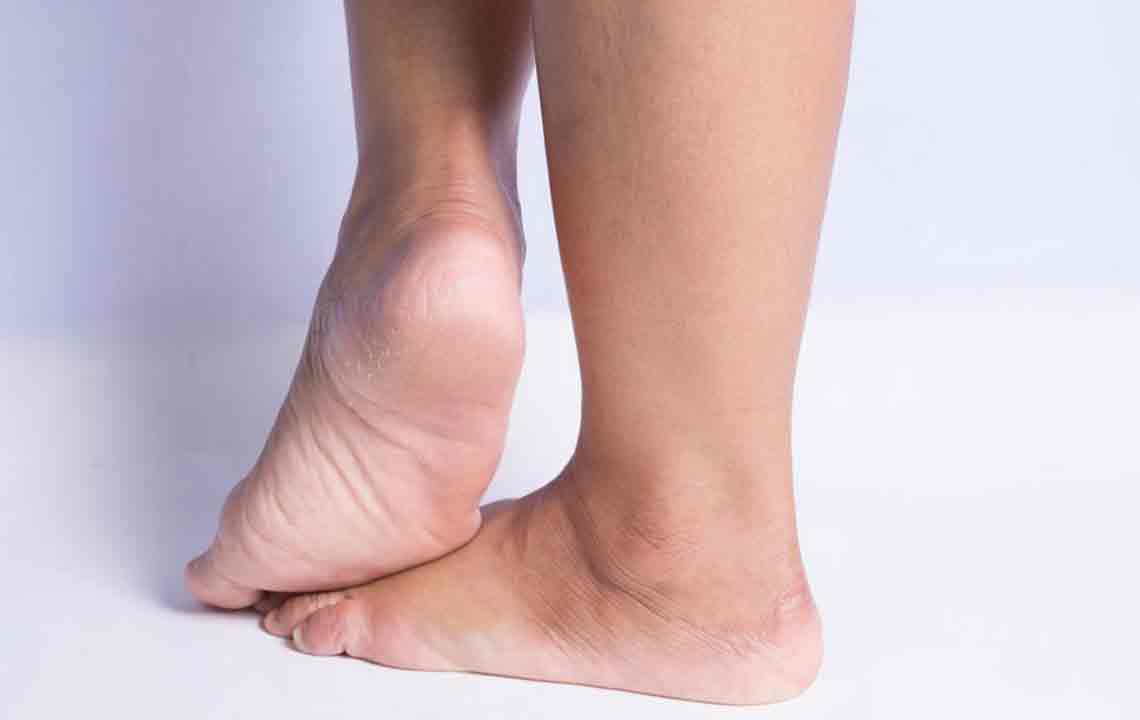Understanding Heel Pain: Causes, Symptoms, and Remedies
Learn about the common causes of heel pain, effective treatments, and preventive tips. This guide covers everything from minor strains to severe injuries, emphasizing the importance of proper footwear, rest, and medical consultation when needed. Whether you're experiencing mild discomfort or serious pain, discover practical remedies and preventive measures to maintain healthy heels and avoid future problems.

Understanding Heel Pain: Causes, Symptoms, and Remedies
Overview of Heel Pain: Causes, Symptoms, and Treatments
The human foot and ankle comprise 26 bones connected by 33 joints. The heel bone is the largest among them. Heel injuries are common and can happen through minor accidents or overuse, sometimes leading to significant discomfort or mobility issues. If simple home treatments do not alleviate heel pain, consulting a healthcare professional becomes essential. This article covers various causes of heel pain and effective treatment options.
Common Causes of Heel Discomfort
Heel pain can arise from multiple factors. Here are some notable causes:
Sprains: External trauma can cause stretching or tearing of tissues around the heel, leading to pain of varying intensity.
Overexertion: Excessive use of the heel muscles may cause strains, though typically mild.
Broken Heel: A fracture requires immediate medical attention and can severely impair mobility.
Plantar Fasciitis: Overpressure on the plantar fascia ligaments can cause inflammation and intense heel pain.
Achilles Tendonitis: Overuse or injury to the Achilles tendon connecting the calf muscles to the heel can also result in pain.
These are the typical reasons behind heel discomfort, but some severe medical issues may also be involved.
Heel Pain Relief Strategies
The heel is delicate and vulnerable to damage from improper use or overexertion. Common methods to manage heel pain include:
Applying ice packs for 10-15 minutes can reduce inflammation—repeat twice daily for relief.
Wearing correctly fitted shoes minimizes unnecessary strain on the heel.
Heel lifts or insoles support the foot and lessen discomfort during walking.
The ‘night splint’ device helps stretch the foot overnight, easing morning pain.
Over-the-counter pain medications can also alleviate symptoms.
If these remedies do not provide relief or symptoms worsen, consulting a doctor is crucial. Diagnostic tests may lead to treatments like anti-inflammatory drugs or physical therapy.
Seek medical help if you experience:
Inability to walk due to pain
Redness or swelling around the heel
Repeated severe pain episodes
In extreme cases, surgery may be necessary to resolve heel issues.
Preventive Measures for Heel Pain
Simple steps can prevent heel discomfort:
Maintain a healthy weight to reduce strain on the feet.
Follow a nutritious diet to support overall foot health and decrease inflammation.
Stretch muscles adequately before engaging in intense physical activity.
Use specialized footwear for sports or heavy activities.
Allow resting periods if your feet feel fatigued, avoiding overuse.
Heel pain can often be managed with basic remedies; however, persistent or severe pain warrants medical evaluation. Proper footwear, cautious exercise, and healthy habits can help prevent future issues.

